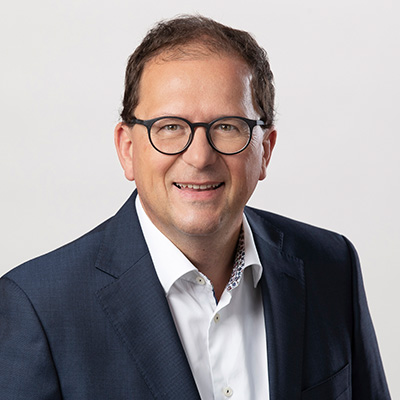Even in Germany, 67 percent of plastic waste is incinerated, and 14 percent is exported for recycling. The remainder, just a little more than 17 percent, is fed into a real material recycling process.
The European Union's Green Deal has two main objectives: Europe is to become the first climate neutral continent by 2050, and economic growth is to be decoupled from resource consumption. In today's reality, plastics meet neither of these objectives. Plastic products are largely made from fossil hydrocarbons and are usually incinerated at the end of their use, resulting in CO2 emissions.
There is a long way to go for the plastics economy to become 100 percent circular. To achieve this, companies along the value chain – from upstream to downstream, from manufacturing to commercial – need to rethink their linear value creation. The shift to circular business models is a transformation process that affects all functions, partners, and customers. Frontrunners who are willing to take the risk will steer the value creation in circular ecosystems like a spider in a web. The reward will be new levers for innovation and growth.


